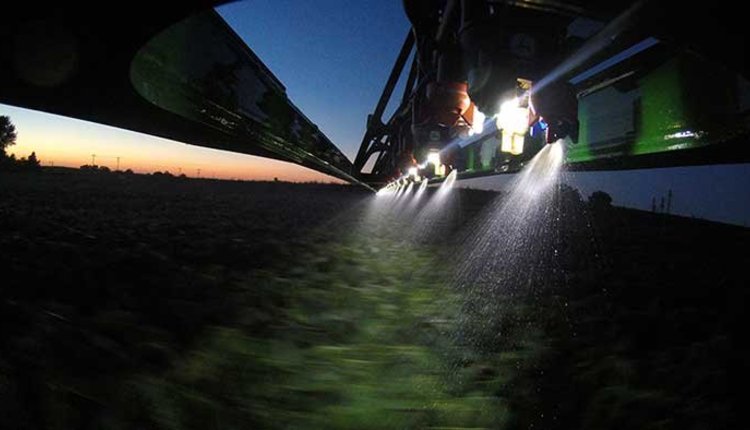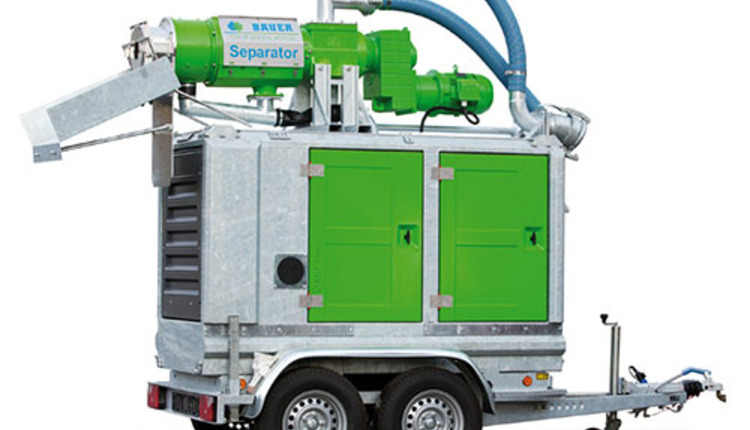Dairies can depend on SCR Dairy technology to improve transition cow diagnostic and treatment accuracy
 For years, dairy farmers have developed and adjusted transition cow management protocols to elevate animal health and performance. While largely successful, these efforts can be time consuming and labor intensive-and may end up taking cows away from their desired activities, like eating and resting, while physical exams and other management activities take place. Additionally, cow response to treatment can be unclear with traditional physical exams.
For years, dairy farmers have developed and adjusted transition cow management protocols to elevate animal health and performance. While largely successful, these efforts can be time consuming and labor intensive-and may end up taking cows away from their desired activities, like eating and resting, while physical exams and other management activities take place. Additionally, cow response to treatment can be unclear with traditional physical exams.Researchers at Cornell University recently tested a better way to monitor transition cows.
To do this, they compared SCR Dairy's proprietary animal monitoring technology against a very progressive herd in the country, well known for its comprehensive fresh-cow protocols and "cow sense." The objective was to determine timing, accuracy and reliability in detecting metabolic disorders like ketosis, metritis, displaced abomasum and cases of mastitis. More than 1,000 cows were included in the trial.
"There's a better way to monitor and manage cows during this crucial timeframe," says Brandt Kreuscher, dairy business manager for Allflex USA and SCR Dairy. "Animal monitoring technology from SCR Dairy, a proprietary health index which incorporates both rumination and activity data, can offer users incredible accuracy of information on which to base cow treatment and intervention decisions."
Early, Accurate Detection
The results, which follow up on and support earlier research, have been recently published in the Journal of Dairy Science. The data unequivocally show that animal monitoring technology consistently identifies cows that require an intervention on a timelier basis than people.
"We found that the automated health monitoring system from SCR Dairy was most effective at identifying cows with metabolic and digestive disorders," notes Dr. Julio Giordano, Cornell University assistant professor of Animal Science. "Results show that cows with displaced abomasum (DA), ketosis, metritis and mastitis were consistently identified earlier by the monitoring system than by farm personnel."
Further, the animal monitoring technology is remarkably precise. Retrospective data analyses reveal:
- 95.6 percent accuracy
- 97.6 percent specificity
"This means farmers can count on the data to give them the right information at the right time to help them improve the health and performance of individual cows and the herd," says Kreuscher.
Early Detection
Cows in the trial were assigned a health index score (HIS) from 0 to 100, with a score of 100 being an ideal pattern of rumination and activity data. An HIS value of less than 86 may indicate the presence of a health disorder and can serve as an alert system.
Using this scoring system, the researchers noted that although the animal monitoring technology cannot determine which health disorder occurs, the early warning enables users to more quickly identify cows with potential problems and perform specific, selective interventions for individual animals. This opens the opportunity to reduce blanket treatments and group protocols and enable system users to effectively manage individual cows.
"Detecting a health disorder at an early stage and before the manifestation of clear clinical signs may benefit cows by improving overall treatment response and reducing the negative long-term consequences of disease on overall cow health and performance," notes Giordano.
Results show the system accurately flagged cows earlier than when clinical diagnoses were confirmed. The improvement was:
- 1.5 days earlier for cases of ketosis
- Three days earlier for DA incidence
Further scrutiny underscores animal monitoring system dependability and reliability. Research data show the animal monitoring system identified all digestive and metabolic disorders combined 1.6 to 2.5 days earlier than clinical diagnosis.
When it comes to metritis detection, the animal monitoring system was most effective for severe cases. The overall sensitivity was 55 percent for all cases of metritis, but it was greater for cows with metritis and another disorder (78 percent) than for cows with metritis only. Importantly, the system identified metritis 1.5 days sooner than dairy staff.
In addition, the animal monitoring data enabled the researchers to identify and offer early interventions for mastitis. It was most effective for cases of E. coli mastitis, with a sensitivity of 81 percent. Plus, the system called out clinical cases 1.2 days earlier than when detected by farm personnel.
Access the research abstracts at:
- Use of rumination and activity monitoring for the identification of dairy cows with health disorders: Part I. Metabolic and digestive disorders
- Use of rumination and activity monitoring for the identification of dairy cows with health disorders: Part II. Mastitis
- Use of rumination and activity monitoring for the identification of dairy cows with health disorders: Part III. Metritis
- The full papers can be accessed until October 2 at the Cornell University website.
"The results show that animal monitoring systems give dairy farmers reliable options for selective treatments based on individual animal needs, rather than blanket treatments prescribed by some protocols," explains Kreuscher. "This helps dairies reduce costly over-treatment of healthy cows while providing farmers with early warnings for animals that need help before anyone can actually see that they have a problem."
Giordano notes, "Rumination and activity monitors that automatically track cow health can detect disorders earlier and have the potential to reduce the cost of health monitoring. These promising tools complement traditional methods of disease detection."
About SCR Dairy
Building on over 35 years of meaningful innovation, SCR Dairy is the leading pioneer of Cow and Milking Intelligence. Monitoring millions of cows worldwide, our data-driven solutions are trusted by successful dairy farmers to deliver the insights and analytics needed to optimize the productivity of every cow. Improving efficiency and driving growth, we help to ensure a secure and prosperous future for their farms and families. To learn more about SCR Dairy, visit www.SCRDairy.com. SCR. Make every cow count.
9.12.2016








